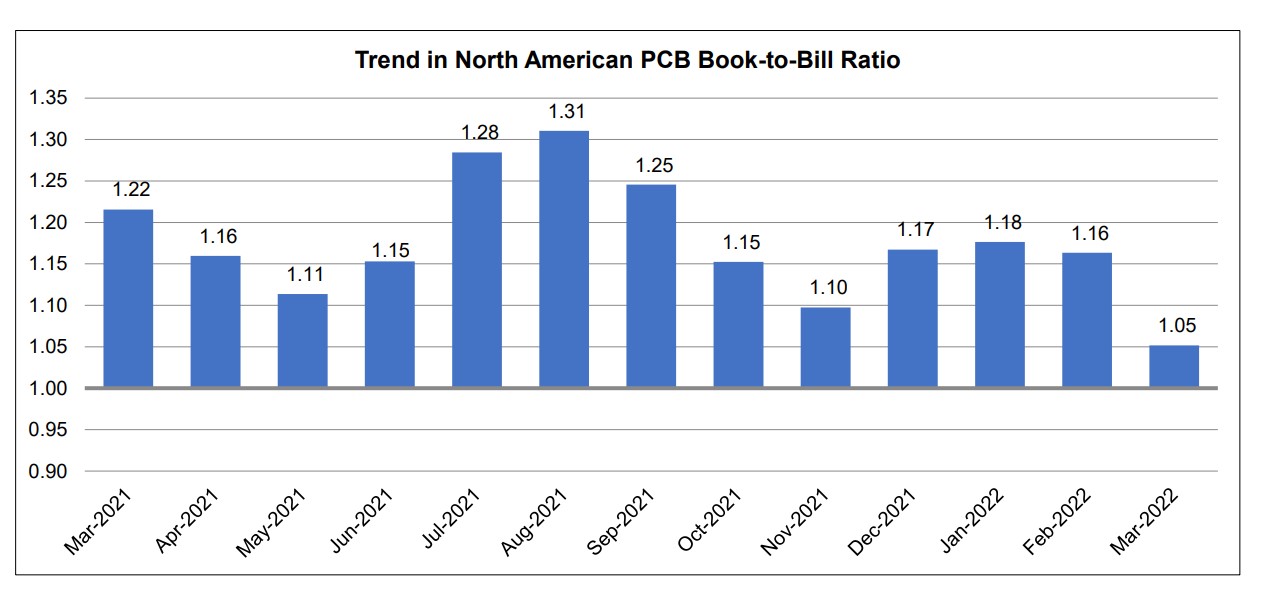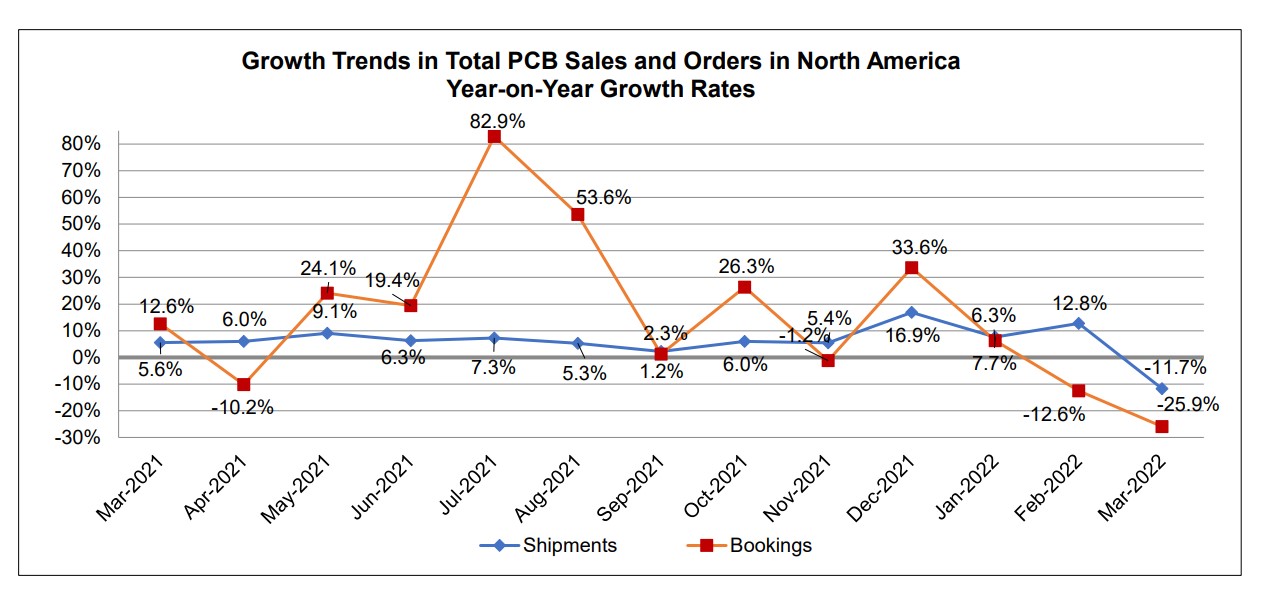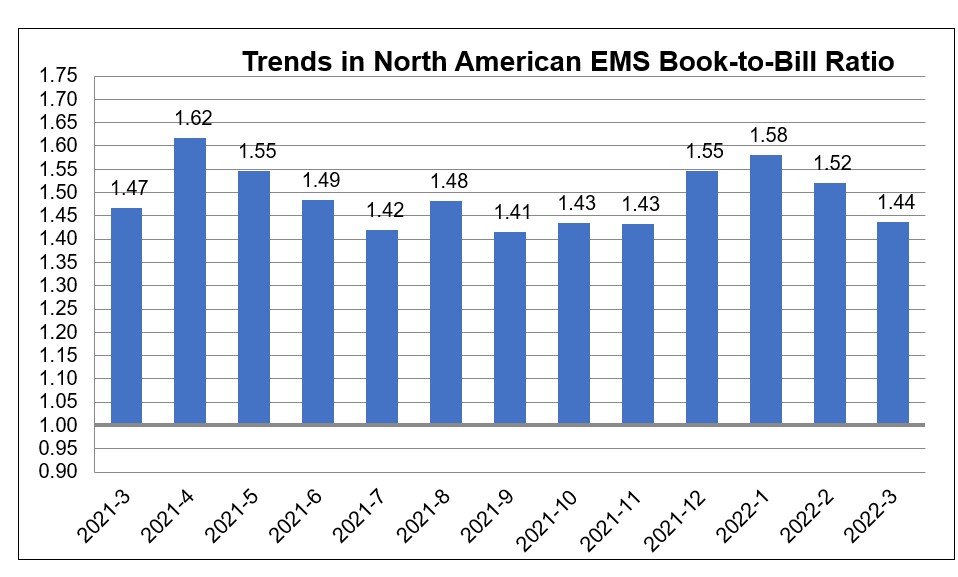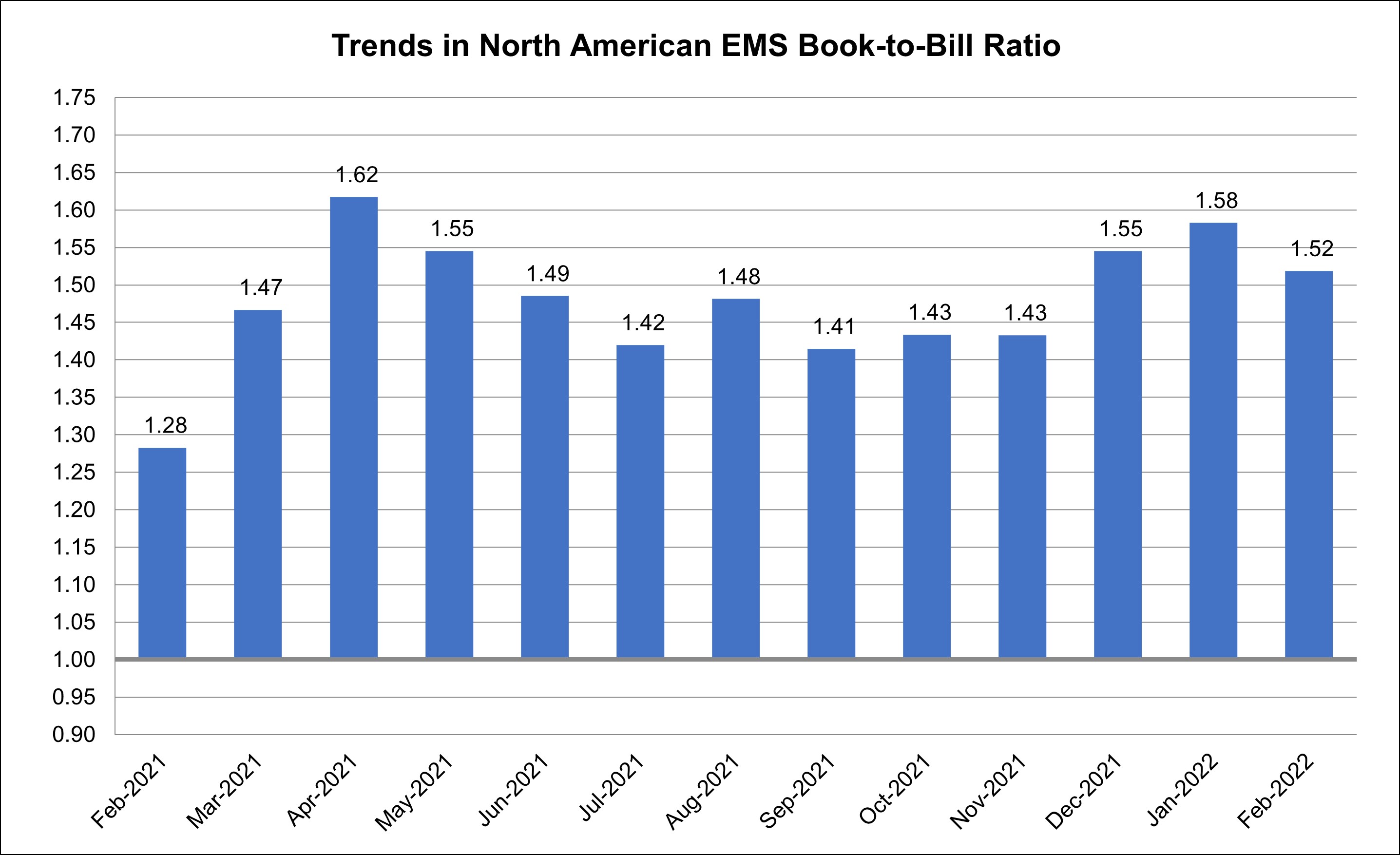Newly Appointed IPC APEX EXPO Technical Program Committee Calls for IPC APEX EXPO 2023 Participation
The newly appointed IPC APEX EXPO Technical Program Committee (TPC) is inviting engineers, researchers, academics, technical experts, and industry leaders to submit technical conference abstracts for IPC APEX EXPO 2023 to be held at the San Diego Convention Center. The technical conference will take place January 24–26, 2023.
“The TPC – comprised of top technical leadership and subject matter experts from across the electronics industry – continues to build and strengthen the IPC APEX EXPO technical conference. A new committee chair and co-chair are leading the group through process improvements with a focus to provide stronger technical content spanning various technologies and the supply chain,” said Matt Kelly, IPC chief technologist. “The TPC’s mission is to deliver strong, relevant, and valuable technical programming that balances conventional technology advances with next-generation disruptive technologies. With these upgrades to the TPC, I’m excited to see what the IPC APEX EXPO 2023 technical conference has in store.”
Led by Stanton Rak, Ph.D., SF Rak Co. (Chair) and Udo Welzel, Ph.D., Robert Bosch GmbH (Co-Chair), the committee comprises the following members: Beverley Christian, Ph.D., HDP User Group; Bhanu Sood, Ph.D., NASA Goddard Space Flight Center; Eric Campbell, IBM; Hans-Peter Tranitz, Ph.D., Continental Automotive GmbH; Jason Keeping, Celestica Inc.; Kelly Scanlon, IPC; Martin Goetz, Northrop Grumman Corporation; Matt Kelly, IPC; Michael Ford, Aegis Industrial Software; Michael Carano; Milos Lazic, Indium Corporation; Paige Fiet, TTM Technologies, Inc.; Paul Cooke, Asahi Glass Co. Ltd.; Radu Diaconescu, Swissmic SA; Robert Kinyanjui, Ph.D., John Deere Electronic Solutions; Sarah Czaplewski-Campbell, IBM; Tim Burke, Ph.D., Arch Systems Inc.; Todd MacFadden, Bose Corporation; Laura Cohen, Ph.D., Continental Automotive; John Bauer, Collins Aerospace.
Technical conference paper and poster abstracts are due Monday, June 20, 2022. IPC seeks abstracts summarizing original and previously unpublished work describing significant results from research experiments, highlighting new techniques or materials, and/or discussing cutting-edge trends and challenges facing the electronics manufacturing industry.
To submit an abstract, visit www.IPCAPEXEXPO.org/CFP. For more information on participating as a technical conference presenter or professional development course instructor, please contact Julia Gumminger, manager, professional development and events, at CallForParticipation@ipc.org.




